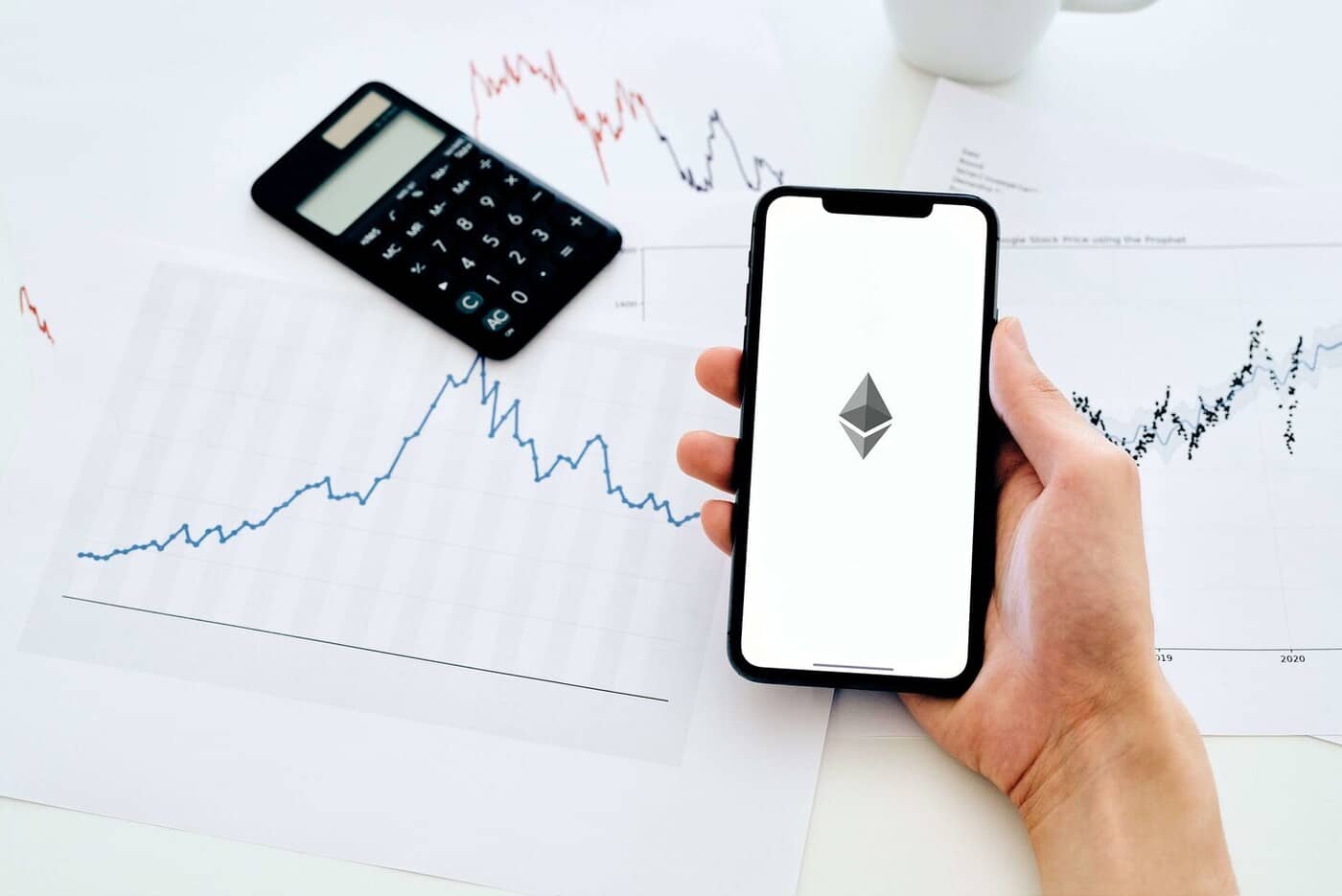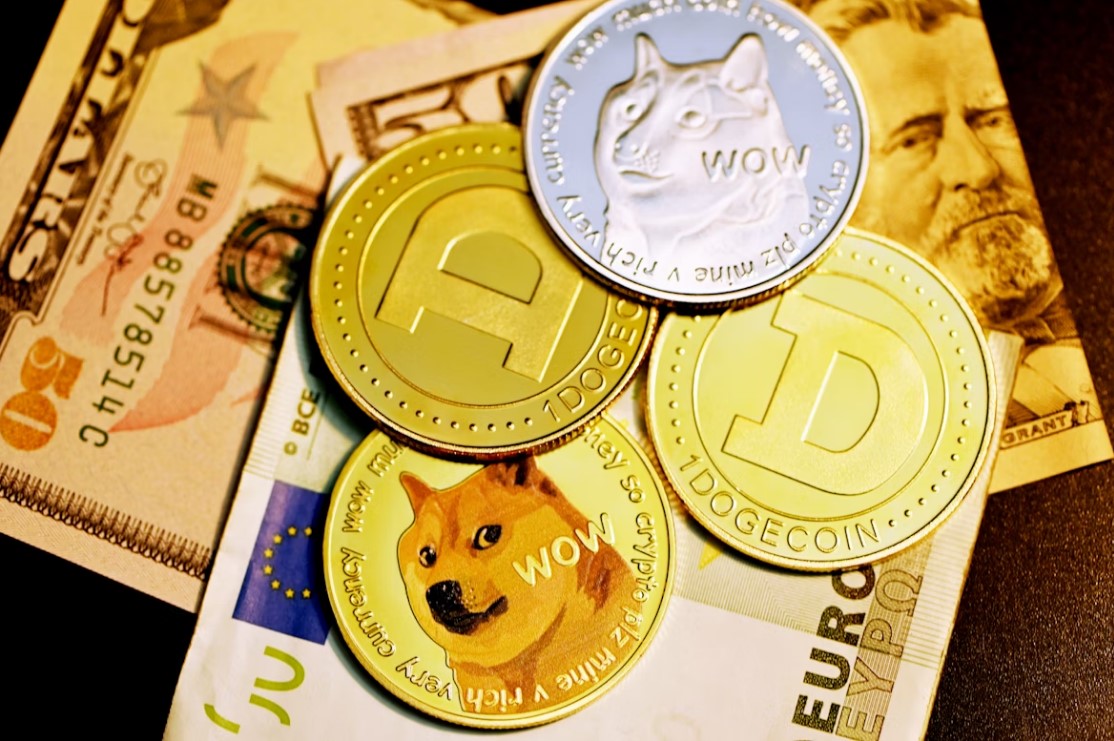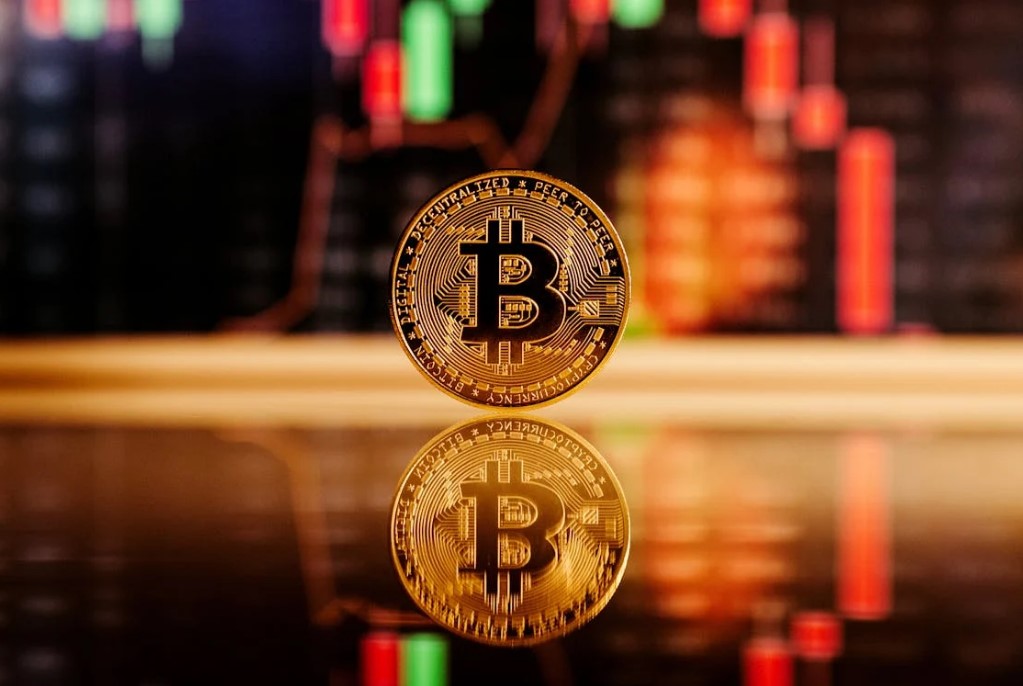
More than 27 major Ethereum (ETH) projects contributed to the launch of the MEV Blocker. It is a tool designed to help users transact on the Ethereum blockchain without falling victim to Maximum Extractable Value (MEV) or “invisible tax”.
MEV is a fee charged to users of decentralized finance (DeFi) on transactions. MEV bots intercept transactions in the middle, such as NFT (Non-fungible Token) purchases, ENS (Ethereum Name Service) registrations, and Ether transactions. As a result, it forces users to pay high fees for trade.
However, the collaborative effort aims to tackle and minimize the growing problem of MEV attacks in the Ethereum market. This latest step brings together popular names in the crypto industry such as Gnosis DAO, Balancer, Gelato, 1inch, Safe, Paraswap, CoWSwap, Beaver Build, and Agnostic Relayer among others.
Explaining the motive behind the launch of the MEV blocker, the CEO of Gnosis, Martin Köppelmann noted:
“With the launch of MEV Blocker, users can profit from the backrunning opportunities they create. Today all of that money is taken by the searcher, but why shouldn’t it be split with the people who create the value?”
MEV Blocker can be used as a custom RPC (Remote Procedure Call) endpoint in a crypto wallet. RPC is a set of protocols. It enables a digital wallet or any crypto wallet user to interact with the blockchain. Therefore, it can prevent clients from sandwiching and front-running when using Ethereum DApps.
Ethereum MEV And Its Blocker Working
To better understand how its blocker works, we first need to know about MEV.
Miners and validators play a crucial role in maintaining and securing the blockchain. They are responsible for verifying transactions and adding them into blocks. Depending on the specific chain this process is known as mining or validation. In short, block producers guarantee the integrity of transactions on the network and ensure that it continues to function.
Block producers are those who collect user transaction data and arrange it into the blockchain. Also, it is up to the block producer what transaction they want to add to their blocks. Hence, transactions are selected on the basis of profitability.
This means those with the highest fees linked with them will be chosen first. This is why customers pay higher gas fees or transaction fees during busy market hours to get their traction approved first. However, if the block producers select the transaction with a high fee, they will make a bigger profit.
MEV Blocker redirects clients’ transactions to a network of searchers, the team behind MEV Blocker, instead of a public memory pool (a temporary storage area for transactions). The team then bid for the right to backrun transactions and shield customers from sandwich and front-running attacks.
These searchers genrate a backrun bundle. The tool sends bundles to all major block producers, such as Flashbots, Beaver Build, Builder0x69, and Blocknative. It provides ongoing payouts over time by offering searchers access to a large flow of orders.








